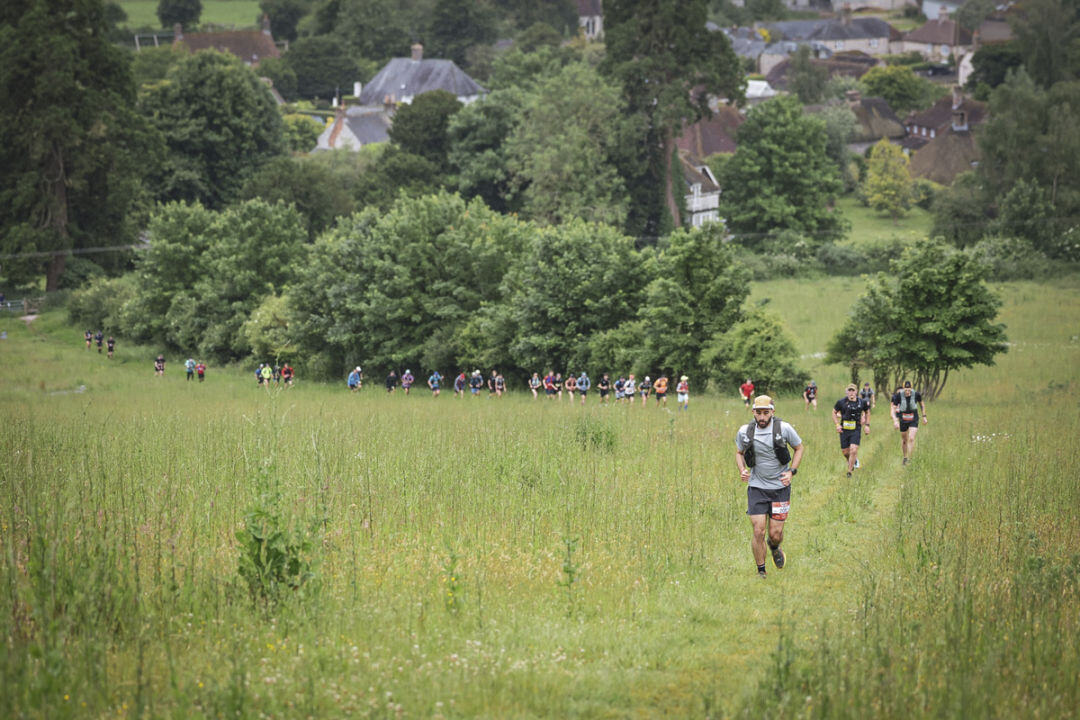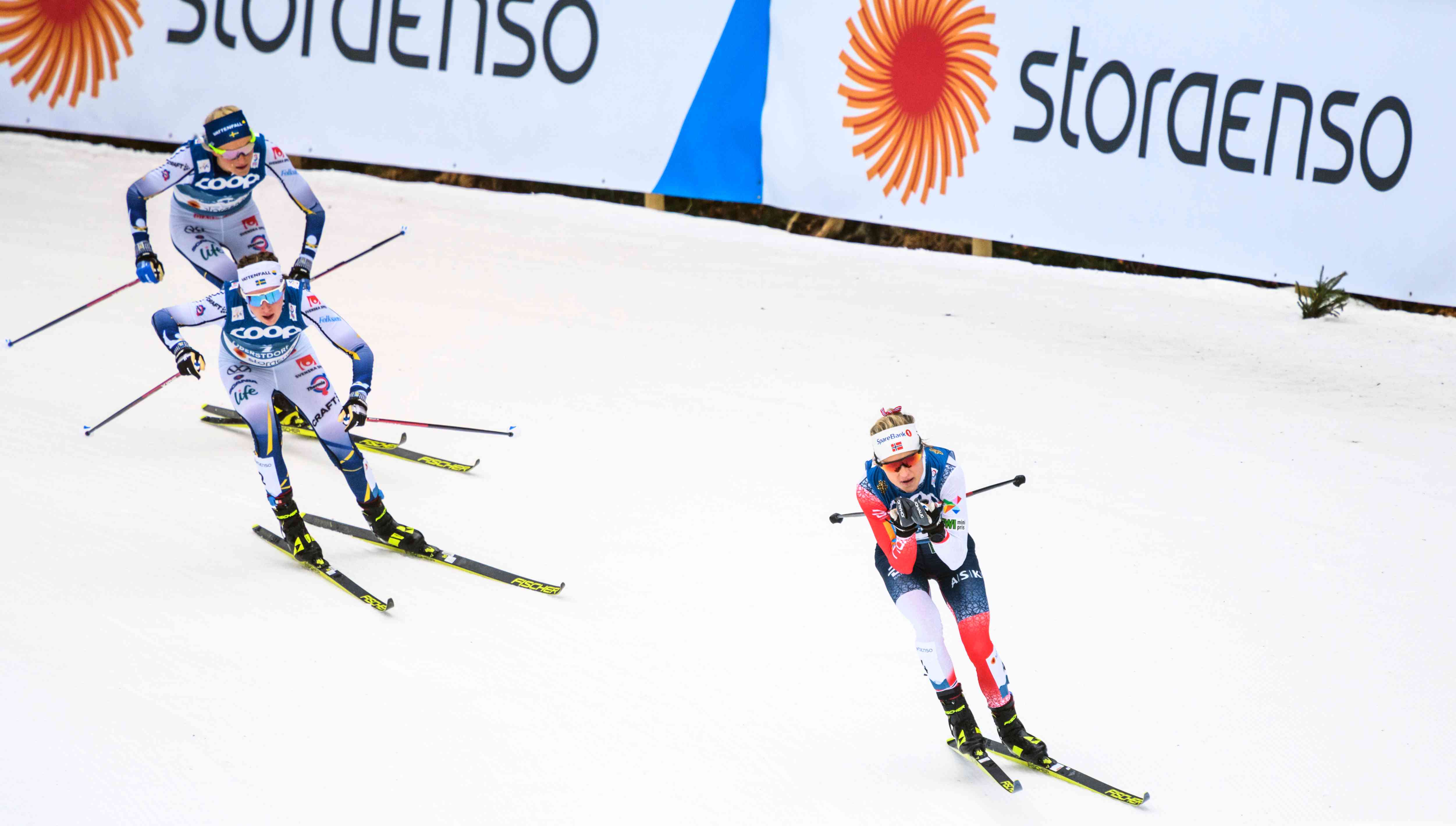Sustainability is transforming from a buzzword into a critical mission for the survival of winter sport, especially in the face of climate change. This reality is forcing sports organisations not only to reassess their environmental impact and rethink how they operate, but also explore ways to use the power of their event platforms to drive change and climate advocacy.
For (outdoor) winter sports, the stakes couldn’t be higher. Shrinking snow seasons and warming temperatures threaten the future of the disciplines. Sticking your head in the sand is no longer an option and the time for action is now.
We recently participated in a panel discussion hosted by the Swiss sustainability network GreenBuzz alongside industry leaders to answer one question: Can winter sports be sustainable? The conversation revealed both the challenges and opportunities facing the sector. Here’s what we learned.

Aligning diverse stakeholders
Achieving sustainability in sport will mean every stakeholder playing a crucial role. Aligning the diverse interests of local communities, ski resorts, sponsors, fans and everything in-between is both the biggest challenge and the greatest opportunity for winter sports.
Both sides of the coin were highlighted by Riika Rakic, Head of Strategy, Sustainability and Governance at the International Biathlon Union (IBU).
"I think the starting point is that we know we can’t do it all on our own. We will always have to collaborate. [But] we have a big audience. That's the great thing with snow sports, it reaches most households during the winter season.
“Collaboration with host communities will play a more crucial role going forward.”
Winter sports are a complex web of stakeholders: local communities, sponsors, ski resorts, and fans, to name a few. Getting everyone to pull in the same direction is challenging but crucial.
“We need to engage all suppliers and ensure their involvement”, added Vanessa Müller, Country Head of Climate Partner Switzerland AG added. “I think generally it is essential to bring all stakeholders on board and raise awareness across the entire supply chain.”
Jörg Polzer, Infront’s Communications and ESG Lead, reiterated the importance of having united goals and measurable objectives.
Creating incentives for sustainability
For some, sustainability still feels like a chore. But incentive-based models have received positive feedback so far. The necessity to turn sustainability from a burden into an opportunity was highlighted.
“We are now thinking of restructuring our support,” Riika said. “We're actually in a lucky position that we can continue to increase, over time. And we probably will restructure it so that we will make it a bonus. So additional money is available if certain requirements are delivered in areas of sustainability. Rather than making it a painful thing that you must do, it's more that if you do this you get additional support.”
Net zero or nothing?
Ioannis Konstantopoulos from the University of Lausanne (UNIL) reiterated a sobering insight during the panel.
"By 2050, only six of today’s Winter Olympic host cities would be able to host the Olympics,” he explained.
For winter sports, the impact of climate change is unavoidable. The challenge of achieving net zero emissions is immense, given the reliance on travel and energy-intensive operations.
“We help companies to set a net zero targets, but do we know what is happening in the next ten, 20, 30 years?” Vanessa added. “I believe that setting ambitious targets and committing to them is essential. Only when we set such targets do we push ourselves to do everything possible to achieve them.”
The future of winter sports: Adapting to survive
Climate change is impacting the future of winter sports, and the consequences are becoming ever more visible.
“The pressure in winter sport is quite high because you actually can see what happens,” added Jörg. “Thi is also reflected in commercialisation. If you think about the sport, you see wintry landscapes, beautiful pictures from snowy mountains. But how will audiences in the future perceive and follow sports that do not give these attributes and also how will sponsors react to that?”
Partnerships are also evolving. Marlen shared an example of how sponsors can play a role.
"Together with our sustainability partner, we’ve created an association that funds projects to make snow sports more sustainable. It’s about finding partners who share your vision.
“We have to face it, winter sports will have big challenges in the next few years."
Despite these challenges, there is reason for optimism. The opportunities for change are immense, and sport has a unique platform to inspire action—not just among athletes and fans, but across industries.
"We need to stop looking at sustainability as a cost and start seeing it as an opportunity," concluded Ioannis.










